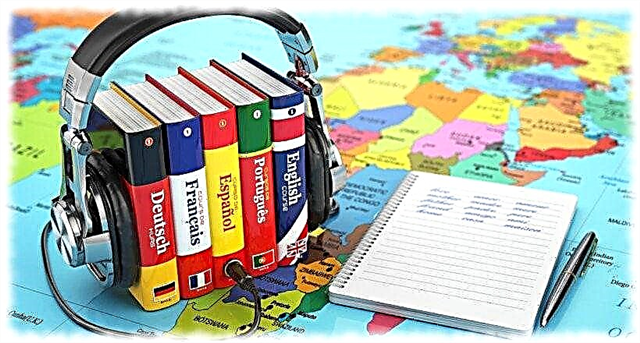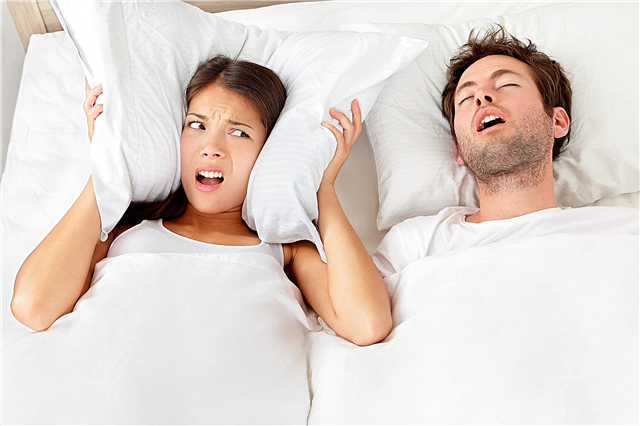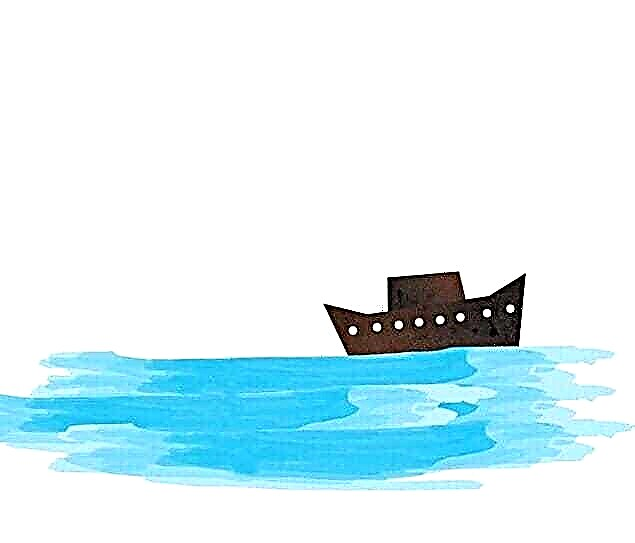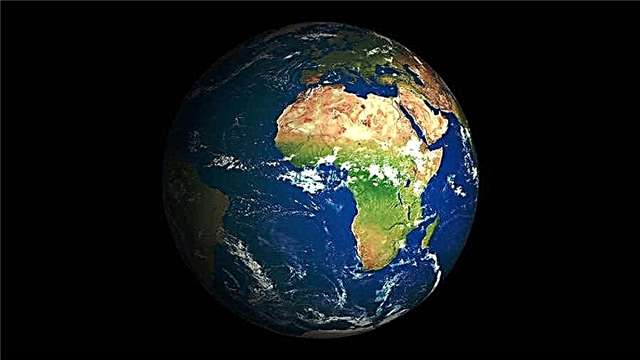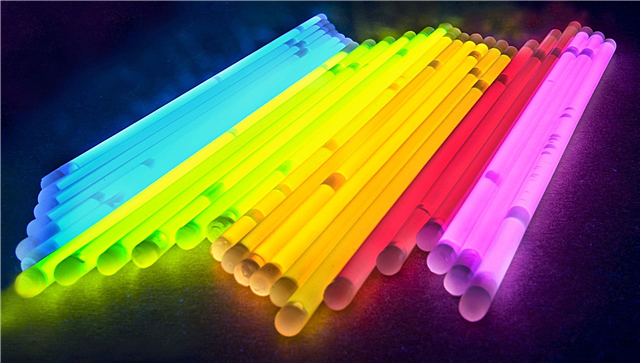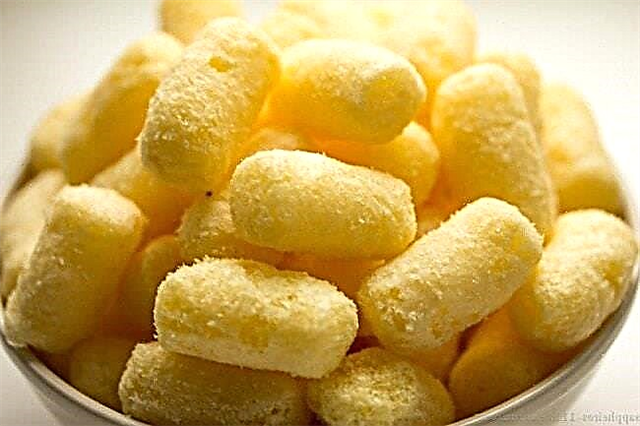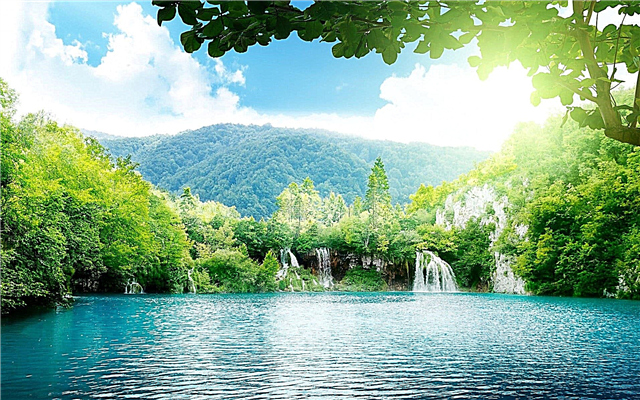
Flames come in different colors. If the tile is off, the coils of the spiral are cold and black. Suppose you decide to heat up the soup and turn on the stove. At first the spiral turns dark red. The higher the temperature rises, the brighter the red color of the spiral. When the tile heats up to maximum temperature, the spiral becomes orange-red.
Naturally, the spiral does not burn. You do not see the flame. She's just really hot. If you heat it further, then the color will change. First, the color of the spiral will turn yellow, then white, and when it becomes even hotter, a blue glow will come from it.
What determines the color of the flame
Something similar happens with the flame. Take for example a candle. Different parts of the candle flame have different temperatures. Fire needs oxygen. If the candle is covered with a glass jar, the fire will go out. The central candle flame area adjacent to the wick consumes little oxygen and looks dark. The top and side sections of the flame get more oxygen, so these areas are brighter.
As the flame moves through the wick, the wax melts and crackles, scattering into tiny particles of carbon. (Coal also consists of carbon.) These particles are carried away by the flame and burn up. They are very hot and glow like a spiral of your tile. But the particles of carbon are much hotter than the spiral of the hottest tile (carbon combustion temperature of about 1,400 degrees Celsius).Therefore, their glow has a yellow color. Near the burning wick, the flame is still hotter and glows blue.

The flames of a fireplace or bonfire are mostly mottled. The tree burns at a lower temperature than the wick of the candle, so the main color of the fire is orange, not yellow. Some particles of carbon in a fire flame have a rather high temperature. They are few, but they add a yellowish flame to the flame. The cooled particles of hot carbon - this is soot, which settles on the chimneys. The burning temperature of the tree is lower than the burning temperature of the candle. Calcium, sodium and copper, heated to high temperature, glow in different colors. They are added to the powder of rockets to color the lights of festive fireworks.

Flame color and chemical composition
The color of the flame may vary depending on the chemical impurities contained in logs or other combustible material. A flame may contain, for example, an admixture of sodium. Sodium is an integral part of table salt. If sodium is heated, it turns bright yellow. Calcium can get into the fire.

We all know that there is a lot of calcium in milk. This is metal. Red-hot calcium turns bright red. If phosphorus burns in a fire, the flame will turn green. All these elements are either contained in a tree, or fall into fire with other substances. Mixing the colors of the flame, as well as mixing the colors of the rainbow, can give a white color, so white areas are visible in the flame of a bonfire or fireplace.

